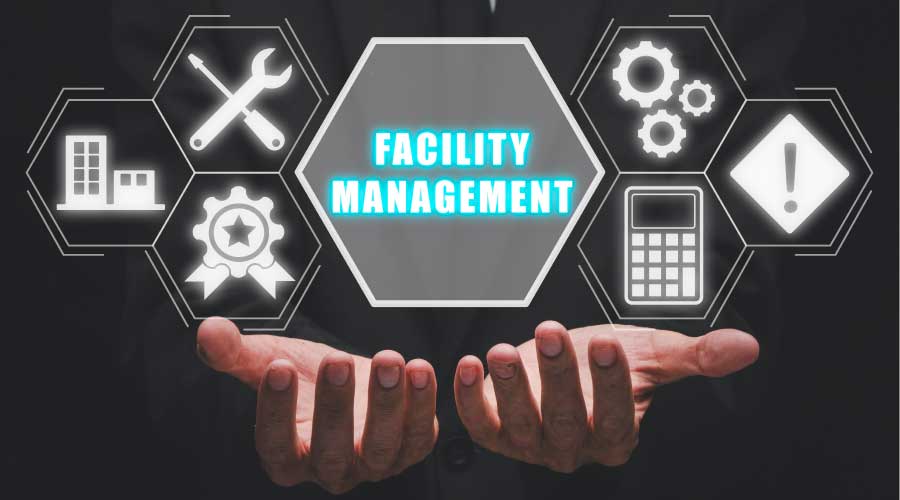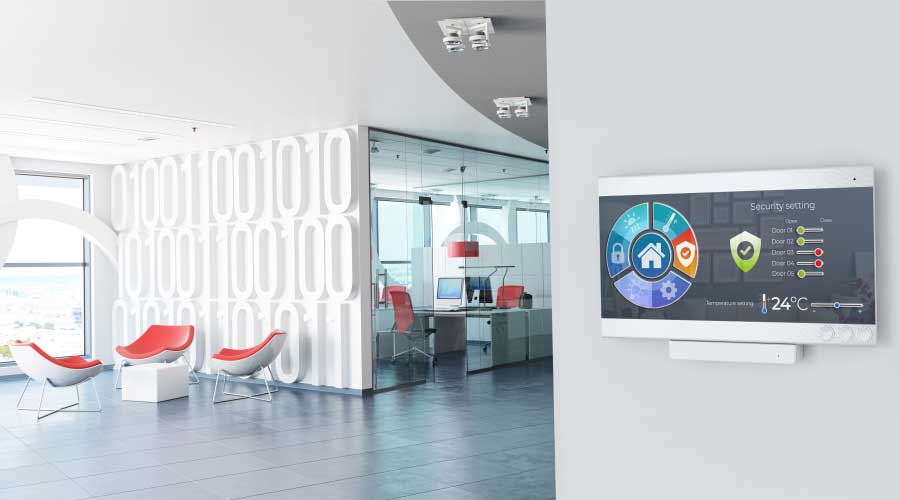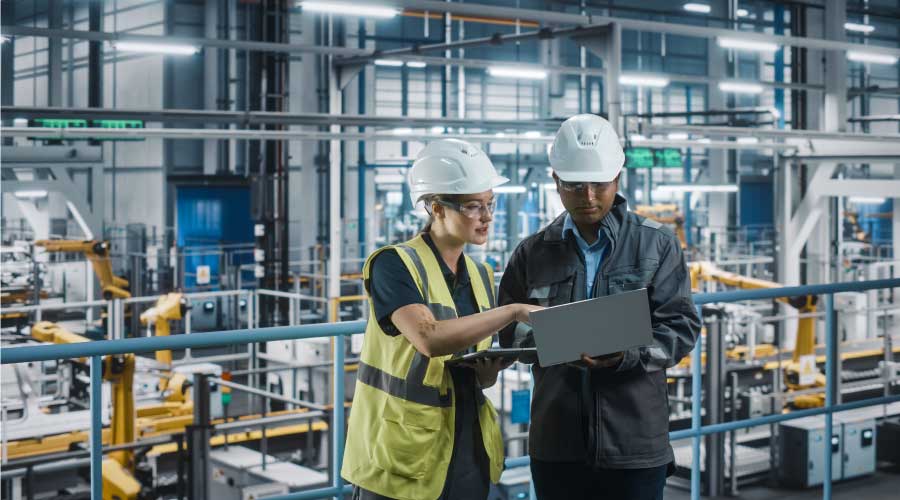
3 Trends Facing Facility Managers
Facility Influencer Jim Turner of Jacobs shares where the facility manager is headed in the future. November 16, 2023
By Jeff Wardon, Jr., Assistant Editor
Facilities management is a field comprised of different individuals, many of which are long-standing members. Some of them even rise to become leaders for their very industry. Building Operating Management launched its Facility Influencer program to honor these leaders. Jim Turner, senior project manager at Jacobs, is an almost 30-year veteran of the facility management field. Turner shares his storied background and some insight on what issues facilities management will tackle in the coming years.
FacilitiesNet: How did you get involved with the facilities management field?
Turner: I have been associated with facilities since early in my career, but it was not a specific field that I sought out. I was responsible for setting up an office for a small firm of 100 people in Florida, and then I did some smaller ad hoc construction project management along the way. However, when I went away, I got my MBA at the University of Southern California.
My plan had always been to come back to the Washington, D.C. area since that is where I live. As it turned out, around that time there was a fairly large federal government business process reengineering project happening at the Internal Revenue Service (IRS). As that organization figured out what it was going to do in terms of reorganizing itself in a new direction, it was going the facilities in real estate division of the IRS. I understood that those changes would have some impact to their real estate facilities portfolio. Of course, they were in every state and had multiple offices in every state. Their portfolio had call centers that had processing centers where income taxes are done — it was a big and diverse portfolio.
I worked at a firm called Sverdrup, and they had a contract with the IRS to respond to the organizational changes and implement them through the facilities portfolio. So, my MBA and project management experience all came into play as I interviewed and hired at Sverdrup, and eventually we merged into Jacobs. With Jacobs, I ended up doing projects for the IRS, the Federal Aviation Administration and the army.
Then I had a couple of state and local projects, one with Maricopa County in Arizona and another in Gwinnett County, Georgia. So, it just ended up happening that an organization was restructuring their facilities portfolio and their approach to managing the portfolio. Here I was with the fresh MBA focused on operations management and it just ended up being a good match. Since I had landed at one of the top firms, it just established me in the industry and here we are 27 years later.
FacilitiesNet: Where do you see the facilities management field going in the future?
Turner: I would say there are three ideas that I think will be increasingly important to facilities managers. The first one is making good decisions, and by that, I mean being proactive and thinking ahead about how your facilities portfolio needs to respond to your business. For a long time now, there has been a trend of adopting IoT technologies, sensors and that sort of stuff. Then figuring out how to integrate that data into your management approach to facilities, that is one aspect of it. Then there is also how to store and use it with the cloud.
You also have the full technology lifecycle as systems are developed and add features. All of those things are tools that will help us make better decisions about our facilities. However, the demand on the facility manager is the other side of that. What kind of questions are they being asked about? How are you supporting the business? Is more investment in facilities needed or do we need to be more efficient with the resources that have been given? Just in general, a more proactive approach to business management and decision making, that is trend one.
Trend two is the transition to hybrid work. We saw this really incredible adoption of remote work during the COVID-19 era, and we still have that unfinished business. We have a dispersed workforce that some of whom are starting to kind of return to office, either in a hybrid or a full-time way. In my day job, I work full time in the office. Just the demands my clients have on me, I need to be here and present for this client-facing role. Though, with this new environment we are starting to see requirements to come in for two or three days a week. That puts unique strains on buildings in terms of releasing space back to our landlords. It is sitting there empty in a lot of cases. In other cases, we have come back and adapted it with a much-reduced footprint to facilitate very flexible work styles.
It is not just the design and the operation of flexible workspaces; it is the fact that it is not going to be fully occupied anymore. It extends into the building operation itself. Then you talk about the new kinds of demands that you have within the systems that keep the building running. For example, you go to the parking lot, and it is provided for a fully occupied office. However, there is only a third or a sixth of it occupied any given day. That impacts building services like O&M, janitorial and security. The demand for those services and the nature of how they are delivered has all changed. Hybrid work would be the second big trend that we are still engaged in figuring out how to go forward with.
The last one is sustainability. It is renewable energy, carbon footprint, all those issues. These are things that we as a community are increasingly aware of needing to be responsible for. Carbon based energy use in a lot of cases also extends to the materials that are used in buildings. Then beyond that, we need to start thinking about the management question that is there. It is about efficiency. It is about planning for the changes that this environmental consciousness is going to create on us as the availability of renewable energy and sustainable products.
As those things become increasingly available, we will have to integrate those into our delivery of facility support. Eventually, there are going to be a lot of reporting requirements, especially for publicly traded companies. What are you doing to be more responsible in this way? What kind of steps have you taken? What kind of projects do you have planned to do better in this space?
So, summing those up, there is the more proactive approach to facility management, the impact of hybrid work and lastly, emerging sustainability and environmental awareness.
Jeff Wardon, Jr. is the assistant editor for the facilities market.
Next
Read next on FacilitiesNet












